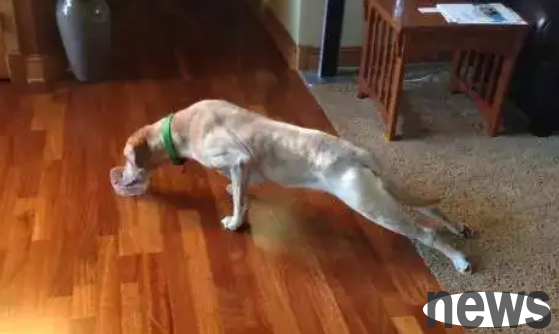Some naughty dogs always do some "house-breaking" behaviors, such as chewing chairs, scratching the sofa, scratching the floor, etc. However, as everyone knows, some behaviors may not mean that the dog is tearing down the house, but that it wants to express its discomfort, such as scratching the floor. So why do dogs scratch the floor? What does it mean when a dog scratches the floor? Next, let’s take a look at the reasons why dogs scratch the floor.

1. Too long nails
If your dog’s nails are too long, making it difficult to walk, they will scratch the floor to grind their nails. It is recommended that the owner first check whether the dog's nails are too long, and then trim the nails appropriately. When trimming, be careful not to cut to the blood line to avoid bleeding. At the same time, it is recommended that owners trim their dogs’ nails once every one to two weeks to avoid excessively long nails that may cause inconvenience to their dogs.
2. Nervousness and fear
Dogs will be nervous and fearful when they first enter a strange environment. If there is no better hiding place, they will want to dig a hole to hide in, resulting in scratching the floor. This situation requires the owner to properly comfort the dog. Generally, it will be fine after the dog's mood stabilizes.
3. Burying food
If the dog scratches the floor when the owner feeds it, there is a high probability that the dog is burying food. This is the dog's nature, and the owner does not need to worry too much. If you really don’t want your dog to scratch the floor, you need to stop the dog’s behavior in time and give appropriate punishment to make it realize its mistake. After it corrects, the owner can give appropriate rewards.

4. Bacterial infection
If the nails of the dog's paws have not been trimmed, resulting in nail rupture and local infection and inflammation, the dog will scratch the floor because of discomfort in the paws. In this case, it is recommended that the owner take the dog to the pet hospital for treatment in time to avoid bacterial infection and inflammatory symptoms becoming more serious and threatening the dog's health.